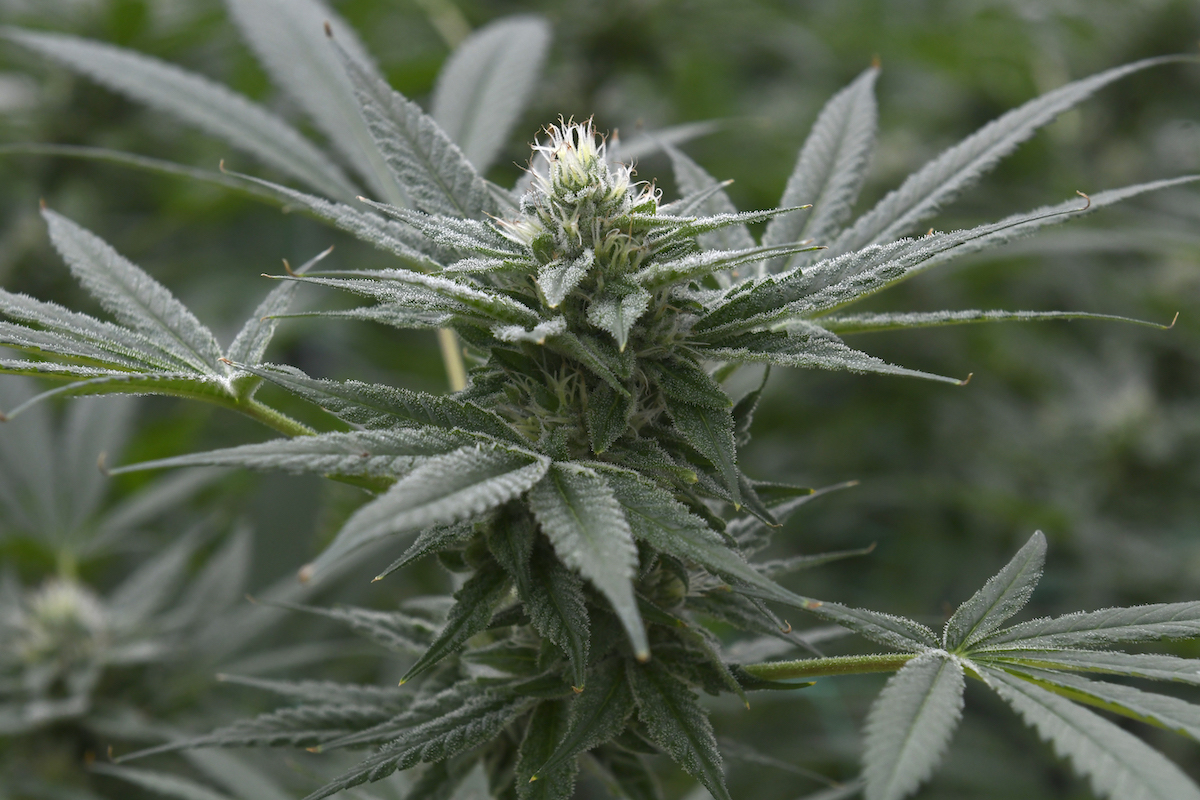Cannabis Glut: Too Much of a Good Thing?
Revenues Down Due to Overproduction, Lack of Legal Outlets

First-quarter revenues from county taxes on the sale of legal cannabis this fiscal year — $3.1 million — was 17 percent less than it was the previous quarter and 25 percent less than it was the same time a year ago. The culprit, county supervisors were told, is rampant overproduction and a lack of legal retail outlets.
With high taxes burdening sales of legal weed, law-abiding producers are finding it harder to compete with black-market operators, who typically can sell for roughly half the price charged at legal dispensaries. At least a couple of unnamed legal growers, the supervisors were told, have taken to selling on the black market.
It was not made clear to the supervisors what consequences were imposed as a result. Brittany Heaton, the county’s de facto cannabis czar, notified the supervisors that typically the Sheriff’s Office is asked to investigate and will refer cases to the District Attorney if there’s sufficient evidence. It was unclear to what extent that’s occurred. Heaton added that the growers would have to be found guilty of violating the law before county legal staff could sanction the growers or shut them down.
Third District Supervisor Joan Hartmann — who represents the cannabis-laden Santa Ynez Valley — expressed frustration. The rules and regulations currently separating legal from illegal grows, she contended, were already “gray” enough. The consequences for those who violate the law, she insisted, need to be “black and white.”
In her report, Heaton noted that over the last three months, eight law enforcement actions were initiated against illegal cannabis operations, no arrests made, and $3.4 million in product seized. In addition, the Planning and Development Department initiated four cases against growers for alleged violations. In this time period, she added, the county received 345 complaints about cannabis, 339 of which involved odor issues. Upon investigation, Heaton reported, most complaints involved unpermitted operations in the Carpinteria Valley.
The problem, Heaton told the supervisors, was statewide in scope. According to news reports published this year, California produces at least three times as much legal weed as the state can consume with one-tenth the number of legal dispensaries as are needed for California’s population.
Sign up for Indy Today to receive fresh news from Independent.com, in your inbox, every morning.
While counties like San Francisco have waived taxes on the cannabis industry to provide some relief, the S.B. supervisors are joining a joint effort by several mid-state counties to lobby the State Legislature to cut state taxes on the industry instead. With a $31 billion surplus, Supervisor Steve Lavagnino argued, the State Legislature could afford to do so.
When prices were high, Supervisor Das Williams observed, rogue operators made no pretense at compliance; with low prices, he said, legal operators are now tempted to join the black market.
Notwithstanding such news, S.B. County land-use planners now find themselves awash in applications for more acreage than can currently be accommodated by the county’s existing cultivation caps. Although the county has set a limit of no more than 1,575 inland acres under cultivation, county planners have issued land-use permits for 1,860 acres’ worth with another 1,300 acres in the queue.
To become fully legal under the S.B. permit scheme, though, operators need both a land-use permit and a business permit. To date, only 543 acres’ worth of business permits have been issued. But growers are acutely aware that the cutoff is fast approaching, and the race to the finish has started.
Already there’s a strong push to exempt all processing facilities — typically associated with some of the stronger odors — from the acreage cap. In addition, Heaton told the supervisors she wants to consider changes to the way the caps are calculated — looking at canopies instead of actual acres. This proposal will return to the supervisors in February, but already industry critics are howling in protest.
As Tuesday’s hearing drew to a close, Supervisor Bob Nelson noted that his board predecessor and former boss, Peter Adam, had predicted such volatility for the county’s latest cash crop. This prompted Supervisor Lavagnino, an ardent supporter of the new industry, to bristle at what he termed “Chicken-Little-sky-is-falling” prognostications. While $3.1 million may not be as lucrative as it was the prior quarter, he acknowledged, the industry generated more than $16 million last year. “This is still the largest revenue source in the county right now.”
Support the Santa Barbara Independent through a long-term or a single contribution.



